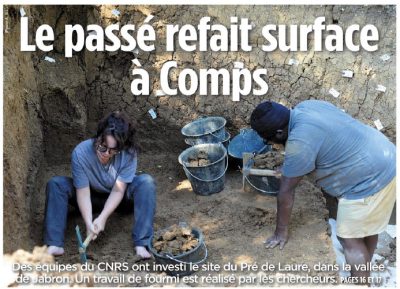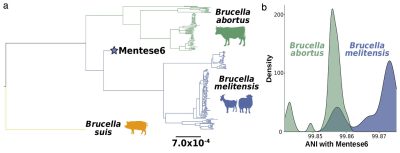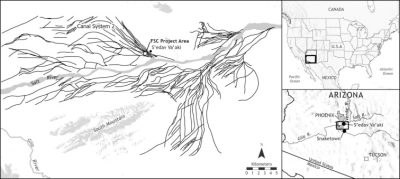Source : https://doi.org/10.1016/j.quascirev.2021.107012
We have investigated provenance and weathering proxies of the clay-size sediment exported from the Nile River basin over the last 110,000 years. Using neodymium isotope composition of sediments from both the Nile Deep Sea-Fan and Lake Tana, we show that the Nile River branches draining the Ethiopian Highlands have remained the main contributors of clays to the Nile delta during the Late Quaternary. We demonstrate that fluctuations of clay-size particle contribution to the Nile Delta are mainly driven by orbital precession cycle, which controls summer insolation and consequently the African monsoon intensity changes. Our results indicate that – over the last 110,000 years – the proportion of clays coming from Ethiopian Traps fluctuates accordingly to the intensity of the last 5 precession cycles (MIS 5 to MIS 1). However, there is a threshold effect in the transport efficiency during the lowest insolation minima (arid periods), in particular during the MIS3. Several arid events corresponding to the Heinrich Stadial periods are associated with small or negligible clay source changes while chemical weathering proxies, such as δ7Li, Mg/Ti and K/Ti, vary significantly. This suggests a straightforward control of weathering by hydro-climate changes over centennial to millennial timescales. Our data also suggests a significant but more progressive influence of the temperature decrease between 110kyr and 20kyr. Taken altogether, the observed tight coupling between past climate variations and silicate weathering proxies leads us to conclude that precipitation changes in northeast Africa can impact soil development over a few hundred years only, while the influence of temperature appears more gradual.




